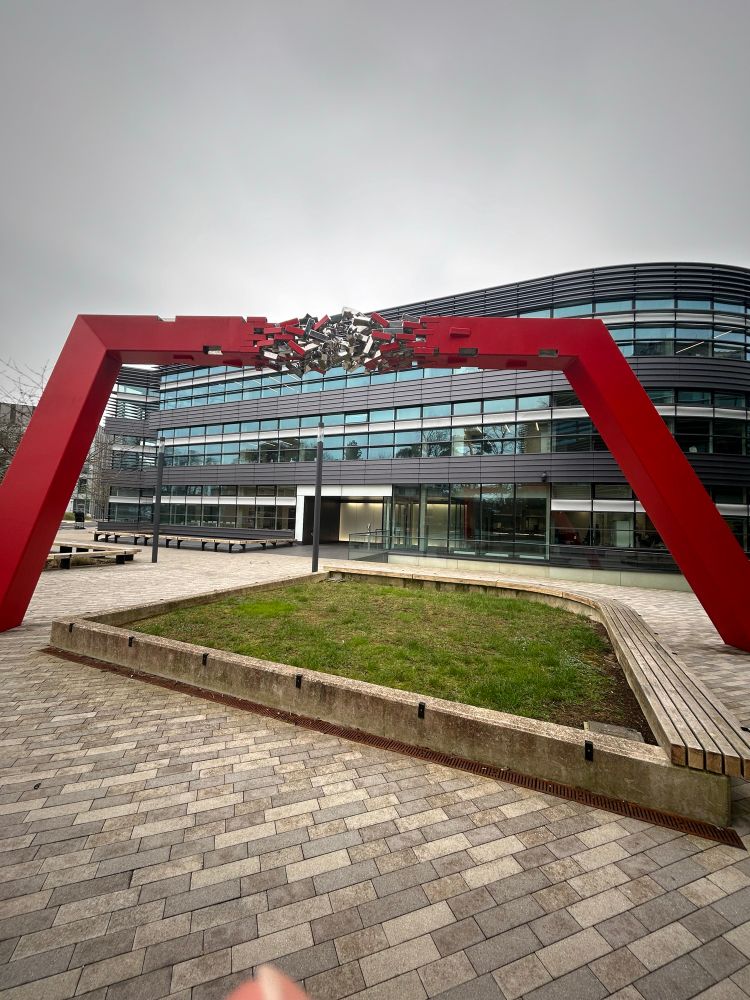This project with @CVRinfo, @MEIRU_MALAWI and @health_malawi explored SARS-CoV-2 antibodies in a longitudinal cohort from urban (Lilongwe) and rural (Karonga) Malawi 🇲🇼
www.nature.com/articles/s41...
🧵 1/n

This project with @CVRinfo, @MEIRU_MALAWI and @health_malawi explored SARS-CoV-2 antibodies in a longitudinal cohort from urban (Lilongwe) and rural (Karonga) Malawi 🇲🇼
www.nature.com/articles/s41...
🧵 1/n
@mhairijan.bsky.social & colleagues found a flaw in widely used virus immunity tests. HIV drugs can interfere with lab results, causing false positives that mislead our understanding of immune responses.
gla.ac.uk/research/az/...

In our new study, we found that a widely used lab test might give false positives for people with HIV who are on certain types of medication (integrase inhibitors)
Here’s what we found 🧵1/n
In our new study, we found that a widely used lab test might give false positives for people with HIV who are on certain types of medication (integrase inhibitors)
Here’s what we found 🧵1/n
Detailing SARS-CoV-2 immune responses in Scottish healthcare settings, this is an important insight into current population immunity.
#SARSCoV2 #Immunology #PhD
www.sciencedirect.com/science/arti...

Detailing SARS-CoV-2 immune responses in Scottish healthcare settings, this is an important insight into current population immunity.
#SARSCoV2 #Immunology #PhD
www.sciencedirect.com/science/arti...






@mhairijan.bsky.social & Elen Vink presenting their #PhD work tomorrow.

@mhairijan.bsky.social & Elen Vink presenting their #PhD work tomorrow.



